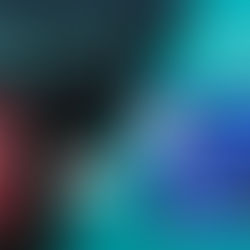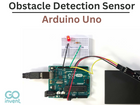
Are you looking for an exciting project that combines electronics, coding, and lighting? If so, then RGB LED and Arduino are the perfect combination!
Content
Concept
LED stands for "Light Emitting Diode," which is a semiconductor device that emits light when an electric current passes through it.
LEDs are commonly used in a variety of applications, including lighting, displays, indicators, and more. Unlike traditional incandescent or fluorescent bulbs, LEDs are more energy-efficient, durable, and versatile.

An RGB LED (Red-Green-Blue Light Emitting Diode) is a multi-colored light source consisting of three individual LEDs that emit red, green, and blue light. By combining these three colors in various proportions, different colors can be made such as yellow, purple and white. These LEDs are used in many applications to add color, such as lighting up buildings or creating decorative displays.
Required Components
RGB LED
3x 220 Ohm Resistors
Breadboard
Jumper Wires
Wiring
Arduino UNO | RGB LED |
GND | GND |
GPIO 11 | Red Pin |
GPIO 10 | Green Pin |
GPIO 9 | Blue Pin |
RGN LED to Arduino UNO Wiring

Related Video
Arduino Code
#define red_pin 7
#define green_pin 6
#define blue_pin 5
//unsigned long rgb = 0xFF0000; // Color in Hex
//unsigned long rgb = 0x00FF00; // Color in Hex
//unsigned long rgb = 0x0000FF; // Color in Hex
//unsigned long rgb = 0x66CC33; // Color in Hex
unsigned long rgb = 0xCC0066; // Color in Hex
void setup()
{
pinMode(red_pin, OUTPUT);
pinMode(green_pin, OUTPUT);
pinMode(blue_pin, OUTPUT);
analogWrite(red_pin, rgb >> 16);
analogWrite(green_pin, (rgb & 0x00FF00) >> 8);
analogWrite(blue_pin, rgb & 0x0000FF);
}
void loop()
{
}



























Comentários